Genome Instability & Disease Volume 5. Issue 1 & 2 简介
Dear colleagues,
We are pleased to announce the publication of GIAD Volume 5 Issue 1 & 2. Below, we provide brief summaries of the published articles.
Volume 5 Issue 1
1. Emerging posttranslational modifications and their roles in DNA damage response | Zhen Wu, Yajing Liu, Meng Zhang & Donglai Wang
Post translational modifications (PTMs) are an essential mechanism by which histone and non-histone protein function and stability can be regulated. In this review, Professor Donglai Wang and colleagues from Chinese Academy of Medical Sciences and Peking Union Medical College, China, outlines some of the newly identified types of PTM, including UFMylation, crotonylation, succinylation and lactylation. He then discusses the most recently reported PTMS involved in the DNA damage response (DDR). Finally, he explains how these PTMs regulate the DDR and DNA repair pathways, and might serve as a point of intervention for associated diseases.
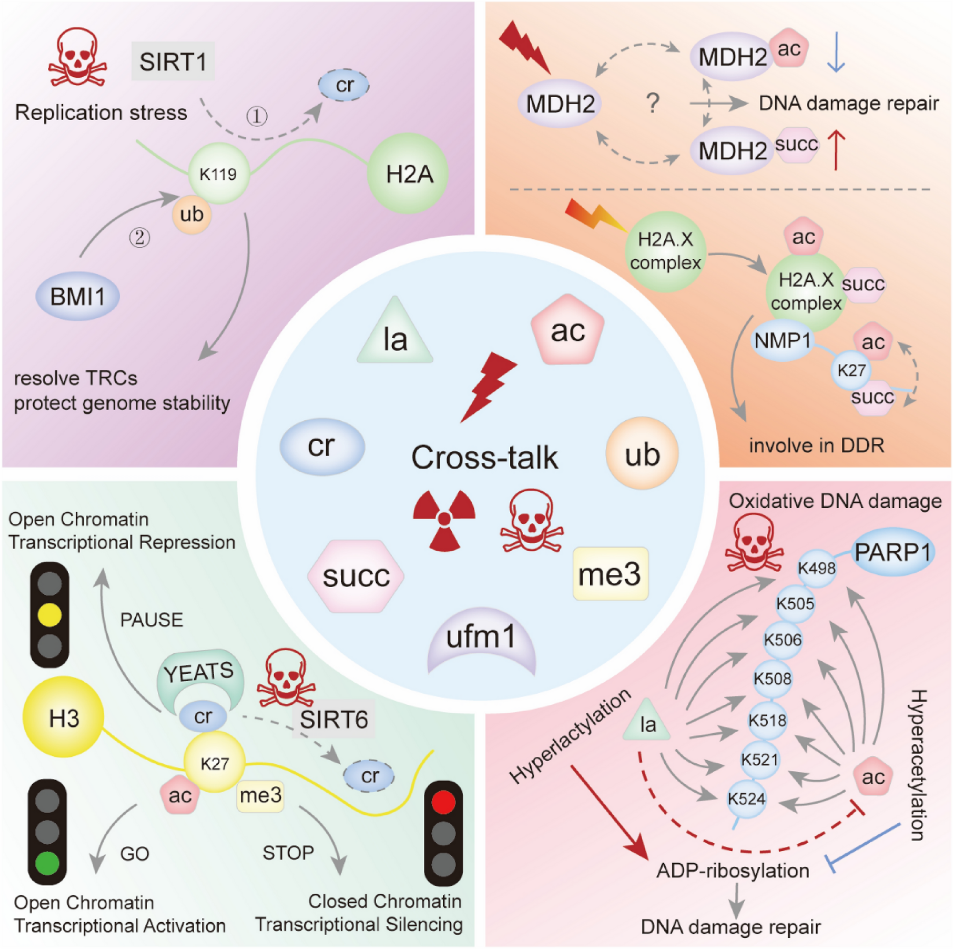
Fig.1 Schematic of cross-talk involving novel PTMs in the DDR
翻译后修饰(PTMs)是表观遗传的重要内容,中国医学科学院和北京协和医学院的王冬来教授向我们介绍了近年来新报道的几种翻译后修饰,并进一步讨论DNA损伤反应(DDR)过程中不同修饰之间的相互作用,帮助我们更好地理解PTM和DDR调节的关系,为相关疾病干预提供参考。

王冬来教授
全文链接:https://link.springer.com/article/10.1007/s42764-023-00115-3
2. The role of H3K27me3 methylation in cancer development| Longjiang Di & Wei-Guo Zhu
H3 histone 27 lysine trimethylation (H3K27me3) has been associated with the development of numerous cancers. In this review, Professor Wei-Guo Zhu from Shenzhen University and Longjiang Di from Southern Medical University, describe the important regulatory role of H3K27me3 in cancer development, noting in particular its effects on inflammation, DNA damage repair, cell proliferation, cell metastasis, regulatory cell death, iron removal, and angiogenesis. This review provides a deep understanding of the important role of histone methylation as an epigenetic regulatory mechanism involved in cancer development. A discussion on H3K27me3 regulators is also provided, with speculation on their future development as anti-cancer drugs.
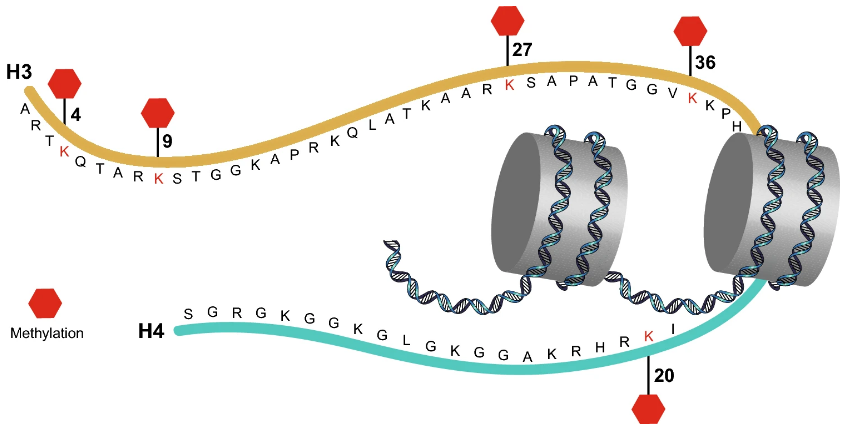
Fig.2 Methylation sites of the major histone lysine residues
H3组蛋白27氨基酸甲基化与癌症发展密切相关,来自深圳大学的朱卫国教授向我们描述了H3K27me3甲基化在癌症发展过程中的重要调节作用,尤其是对炎症、DNA损伤修复、细胞增殖、细胞转移、调节性细胞死亡、脱铁和血管生成的影响,帮助我们更加深刻地理解组蛋白甲基化在表观遗传学中的重要作用。

朱卫国教授
全文链接:https://link.springer.com/article/10.1007/s42764-023-00118-0
3. MiR-146a induces the aging of mesenchymal stem cell via CASK | Yanxia Zhu, Jia Liu, Yiyang Liu, Junyu Su, Kangling Xu & Guangqian Zhou
The regenerative potential of mesenchymal stem cells (MSCs) wanes with increasing age. To elucidate the cellular consequences and epigenetic mechanisms of aging, Guangqian Zhou and colleagues from Shenzhen University compared the miRNA expression profiles of bone marrow stromal cells (BMSCs) isolated from young and aged rats. They found that the expression of miR-146a in the aged rats was significantly increased compared to that of young rats. Alongside, they identified a decrease in the expression of calcium/calmodulin dependent serine protein kinase (CASK). The authors postulate that miR-146a might lead to BMSC aging by inhibiting CASK expression, and that CASK might, therefore, constitute a potential target for intervention for certain aging-related diseases.
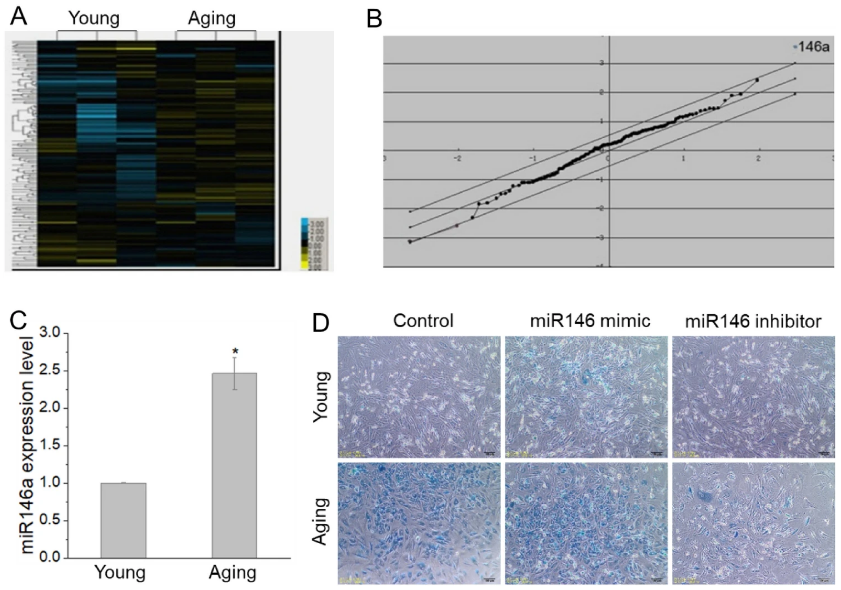
Fig. 3 miRNA146a is involved in the aging of BMSCs.
间充质干细胞(MSC)的再生潜力随着年龄的增长而降低,为了阐明衰老的细胞后果和表观遗传学机制,深圳大学的周光前团队检测了年轻和衰老大鼠BMSC的miRNA表达谱,发现衰老大鼠骨髓基质干细胞中的miR-146a表达显著增加,随后钙/钙调素依赖性丝氨酸蛋白激酶(CASK)表达减少,提示miR-146a可能通过抑制CASK的表达而导致BMSC的衰老。该研究发现提示,CASK可能是BMSC衰老和一些与年龄相关疾病的潜在靶点。

周光前教授
全文链接: https://link.springer.com/article/10.1007/s42764-023-00119-z
4. MRE11 lactylation: new insight into DNA damage repair and tumorigenesis | Hui Yang, Jinqin Qian, Xiaopeng Lu & Wei-Guo Zhu
A recent study published in the journal Cell by Professor Jian Yuan and colleagues fromTongji University reported that high levels of lactate in the tumor microenvironment can cause MRE11 lactylation, which in turn promotes DNA end resection and homologous recombination (HR)-mediated repair. Here, Professor Wei-Guo Zhu and colleagues from Shenzhen University comment on these findings, and the importance of MRE11 lactate in HR repair. They discuss how targeting MRE11 lactylation might constitute an effective strategy to overcome drug resistance in cancer treatment. They also consider how this discovery further reveals a direct connection between tumor cell metabolism and HR repair, answering the scientific question of what role the Warburg effect plays in chemotherapy resistance.
.
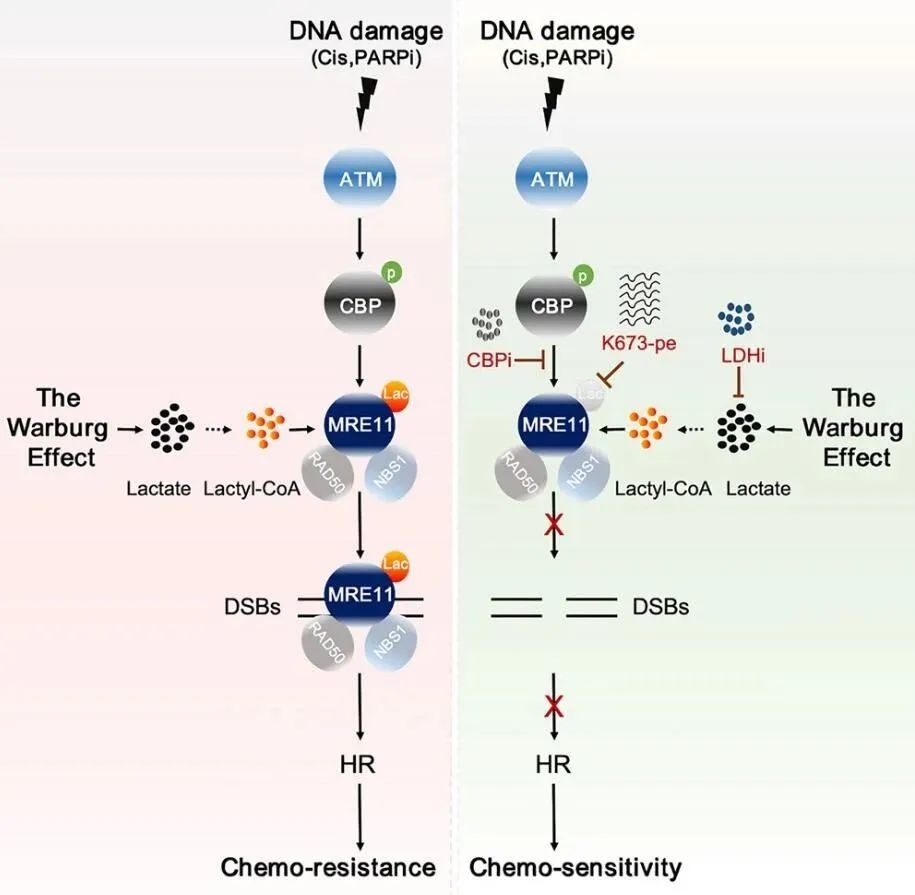
Fig. 4 Metabolic regulation of homologous recombination repair by MRE11 lactylation
近期,同济大学的袁健教授在Cell报道了肿瘤微环境的高水平乳酸引起MRE11乳酸化,进而促进DNA末端切除和HR修复。深圳大学的朱卫国教授对此进行点评,指出MRE11乳酸化在HR修复中的重要作用,靶向MRE11的乳酸化可能是克服癌症治疗药物耐药性的有效策略。该发现揭示了肿瘤细胞代谢和同源重组修复之间的直接联系,解答了“Warburg效应在癌症化疗耐药性中起到什么作用”的科学问题。

朱卫国教授
全文链接:https://link.springer.com/article/10.1007/s42764-023-00120-6
Volume 5 Issue 2
1. Death-associated protein 3 in cell death and beyond | Ting Cao, Xuling Luo, Binjiao Zheng, Yao Deng, Yu Zhang, Yuyan Li, Wenwen Xi, Meng Guo, Xuefeng Yang, Zhiyue Li & Bin Lu
Death associated protein 3 (DAP3) is a highly conserved guanosine triphosphate (GTP) binding protein. As a component of the mitochondrial ribosomal 28S subunit, DAP3 is involved in the cell apoptosis pathway and has an important role in mediating mitochondrial dynamics, mitochondrial protein synthesis, anoikis, and autophagy. In this interesting review, Professor Lv Bin and his colleagues from the School of Medicine, South China University, outline the latest findings on DAP3 structure, subcellular localization, and function. They then explain its role in cancer development and progression, and offer their insight as to how deeper investigations into DAP3 might help explain aspects of cancer pathogenesis and identify new treatment options.
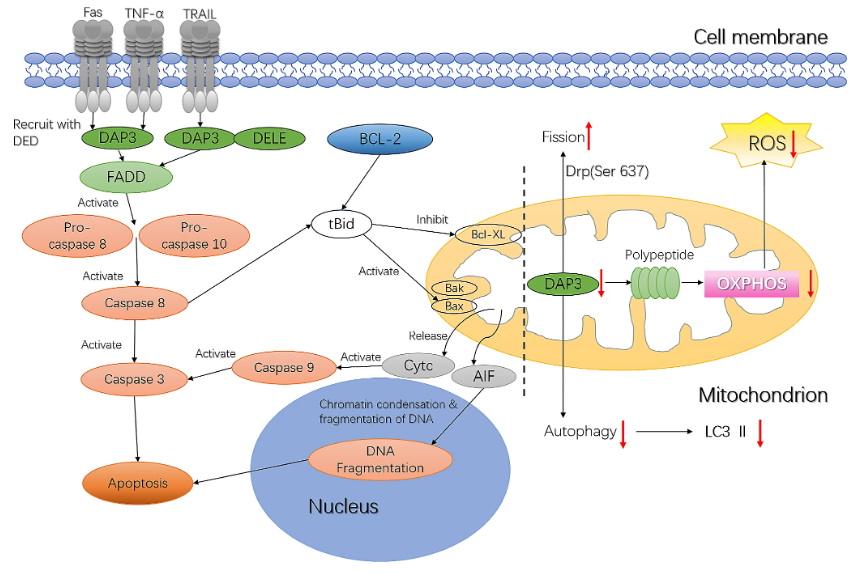
Fig.1 The function of DAP3 within the mitochondria and the DAP3-mediated apoptosis pathway
死亡相关蛋白3(DAP3)是一种高度保守的三磷酸鸟苷(GTP)结合蛋白。作为线粒体核糖体28S小亚基的一种成分,DAP3参与细胞凋亡途径,并在线粒体动力学、线粒体蛋白合成、失巢凋亡和自噬中发挥重要作用。来自中国南华大学衡阳医学院的吕斌教授向我们介绍了关于DAP3的结构、亚细胞定位和功能及其在癌症发展和进展中的作用的最新发现,为癌症发生机制研究及治疗提供参考。

吕斌教授
全文链接:https://link.springer.com/article/10.1007/s42764-023-00115-3
2. Telomere-based treatment strategy of cardiovascular diseases: imagination comes to reality| Mohammed Abdel-Gabbar & Mohamed G. M. Kordy
The development of age-associated cardiovascular diseases (CVDs) has recently been linked, in part, to the activation of the DNA damage response (DDR) as a result of telomere shortening. In this review, Mohammed Abdel Gabbar and Mohammed G. M. Kordy from Benisov University, Egypt give background to this association between telomere shortening and CVDs. They discuss potential telomere-based therapeutic interventions. They also offer their insight on their value in CVD treatment and prevention based on encouraging findings made in mouse models, in which telomerase reactivation in the murine heart after a myocardial infarction has beneficial health effects.
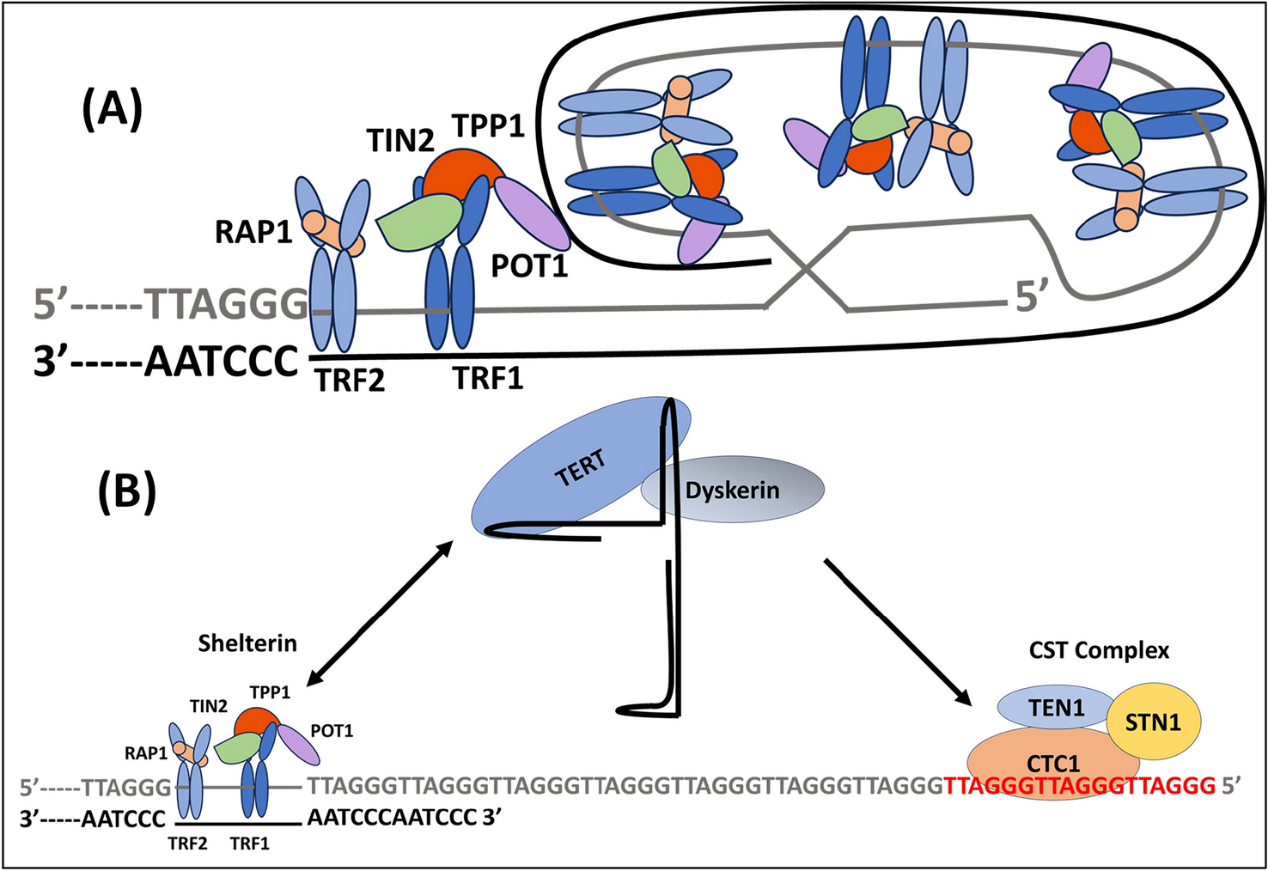
Fig.2 Telomere structure and lengthening.
有研究表明,心血管疾病(CVD)的发生与短端粒引起的DNA损伤反应(DDR)密切相关。在这篇综述里,来自埃及贝尼苏夫大学的Mohammed Abdel-Gabbar 和 Mohamed G. M. Kordy向我们介绍了端粒和心血管疾病,以及基于端粒的治疗干预,为心血管疾病的治疗和预防提供参考。

Dr. Mohammed G. M. Kordy
全文链接:https://link.springer.com/article/10.1007/s42764-023-00118-0
3. Proofreading exonuclease activity of replicative polymerase epsilon promotes cellular tolerance to arabinosides in CTF18-dependent and -independent manner | Md. Ratul Rahman, Kouji Hirota & Ryotaro Kawasumi
Arabinosides (Ara-A, Ara-G, and Ara-T) bind to the 3' end of newly formed DNA, where they interfere with replication. The effect of this binding is limited proliferation of viruses and cancer cells, thus rendering them as potential them antiviral and anticancer drugs. In this research article, Prof. Kouji Hirota and his colleagues from Kyoto University, Japan, report that the proofreading exonuclease activity of Polε is a key factor in ensuring cellular tolerance to arabinosides, regardless of their structural variation. They also show that Polε promotes cell tolerance to Ara-C and other arabinose glycosides (Ara-A, Ara-G, and Ara-T) in a CTF18-dependent and CTF18-independent manner, respectively. These findings open avenues for further investigations into whether Ara-C and/or other arabinosides could be clinically applied as an efficient anti-cancer drug.
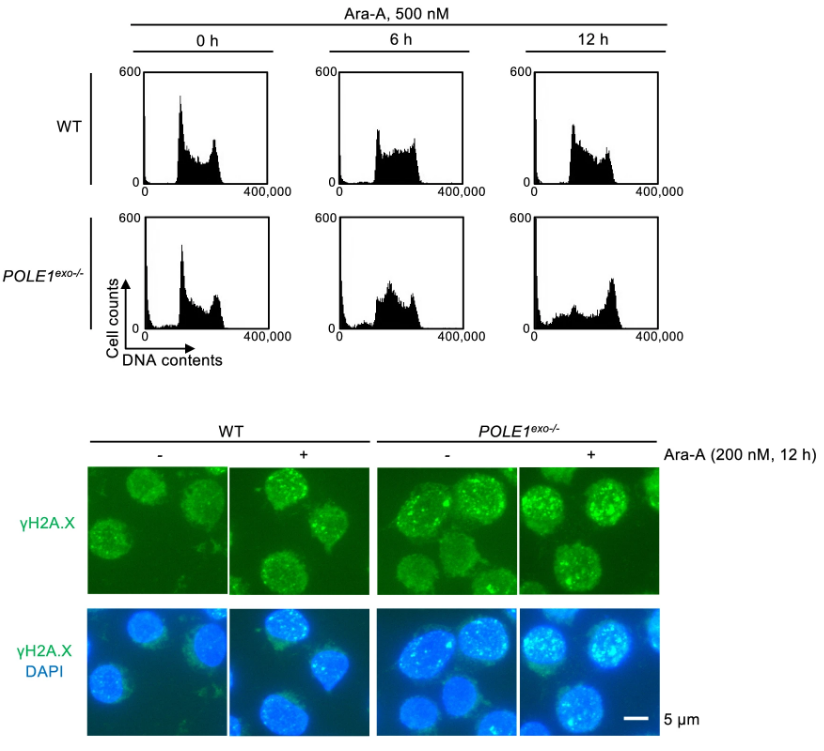
Fig. 3 Ara-A causes DNA damage and cell cycle arrest.
阿拉伯糖苷(Ara-A、Ara-G和Ara-T)结合到新生DNA的3′端后,通过干扰复制,从而限制病毒和癌症细胞的增殖,因此可成为抗病毒和抗癌药物。来自日本京都大学的Kouji Hirota和Ryotaro Kawasumi团队,报道了聚合酶ε(Polε)的校对核酸外切酶活性是细胞对所有阿拉伯糖苷耐受的关键因素,且以CTF18依赖性和非依赖性的方式促进细胞对Ara-C和其他阿拉伯糖苷(Ara-A、Ara-G和Ara-T)的耐受。这项研究为除Ara-C外的其他阿糖糖苷开发成为抗癌药物提供了参考。

Prof. Kouji Hirota
全文链接: https://link.springer.com/article/10.1007/s42764-024-00124-w
4. KIF18A as a potential biomarker to distinguish different breast cancer subtypes based on receptor status | Caglar Berkel
Kinesin family member 18A (KIF18A) is a plus-end directed motor protein that has been implicated in numerous cancers based on its aberrant expression. In this original research article, Dr. Caglar Berkel from Türkiye's Tokat Gaziosmanpasa University found that by comparing the expression of KIF18A in different cancers, KIF18A expression might depend on ER, PR, HER2 and AR hormone receptor states. He also speculates that KIF18A expression might be related to BRCA1/2 expression in breast cancer. These findings imply that KIF18A might serve as a potential biomarker to distinguish different breast cancer subtypes according to its receptor status.
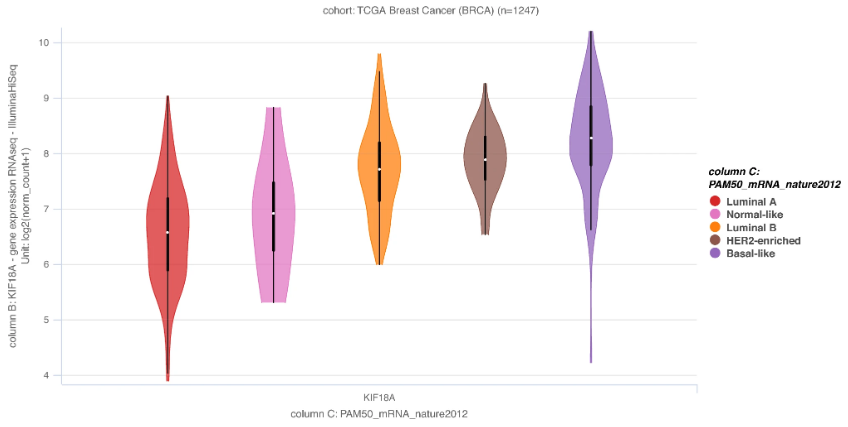
Fig. 4 KIF18A mRNA expression based on PAM50 breast cancer subtypes
KIF18A(Kinesin家族成员18A)是一种定向微管解聚酶驱动蛋白,来自土耳其Tokat Gaziosmanpasa大学的Caglar Berkel博士通过对比KIF18A在不同类型癌症中的表达,指出KIF18A的表达可能取决于ER、PR、HER2和AR状态,并可能与乳腺癌症中BRCA1/2的表达有关,提示KIF18A作为一种潜在的生物标志物,可根据其受体状态,区分不同的乳腺癌症亚型。

Dr. Caglar Berkel
全文链接:https://link.springer.com/article/10.1007/s42764-024-00126-8

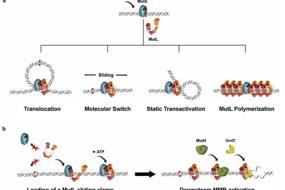
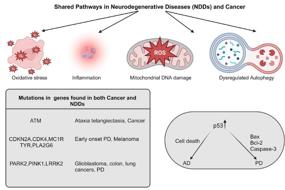
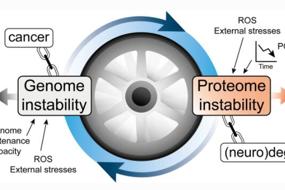
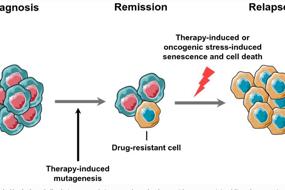
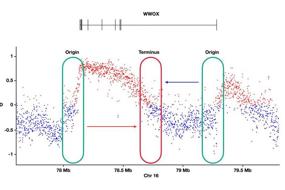
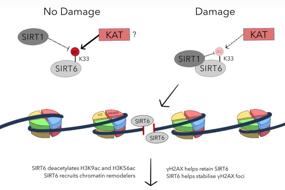
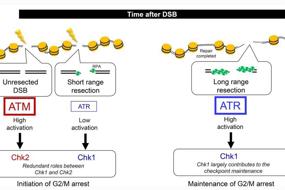
用户登录
还没有账号?
立即注册